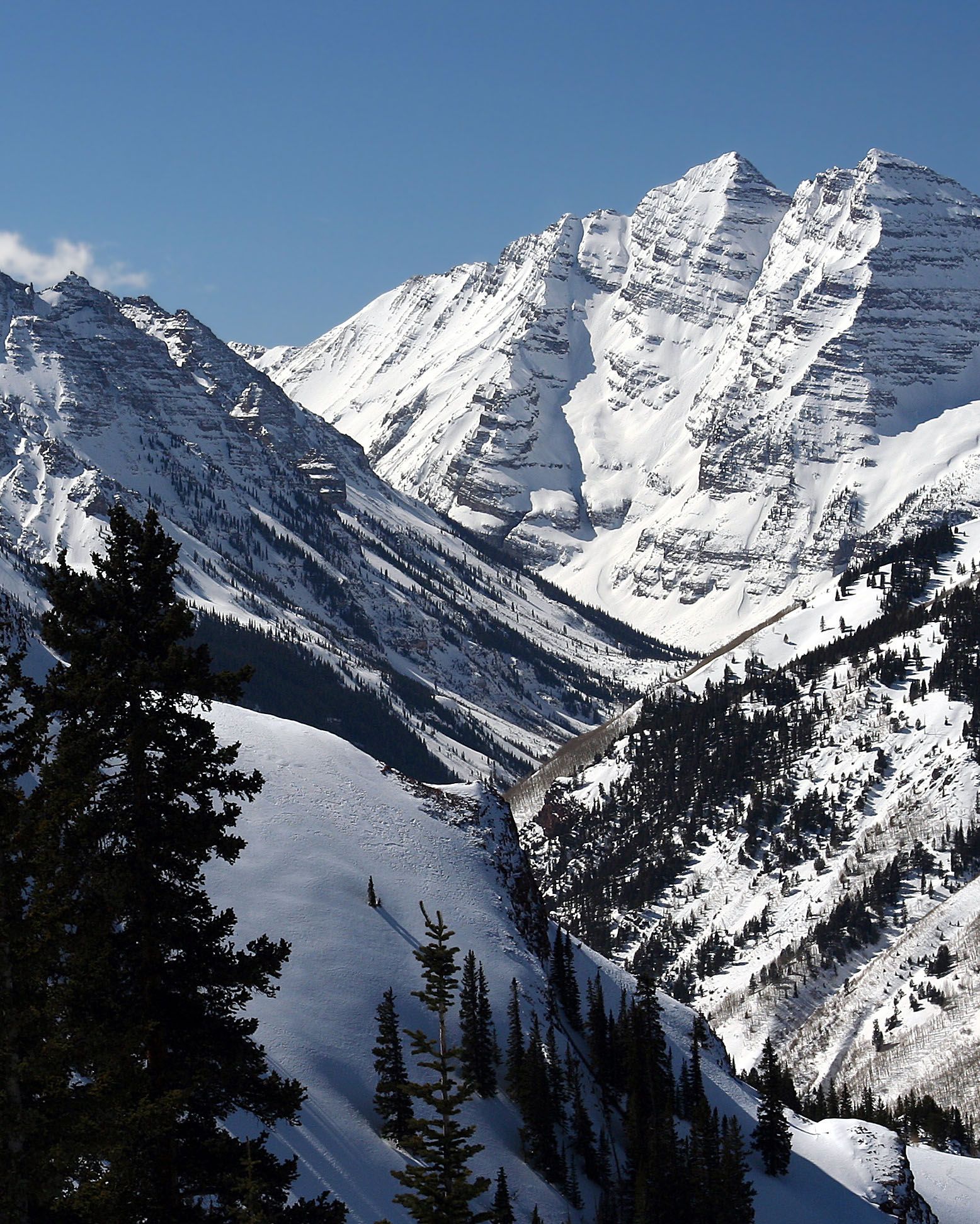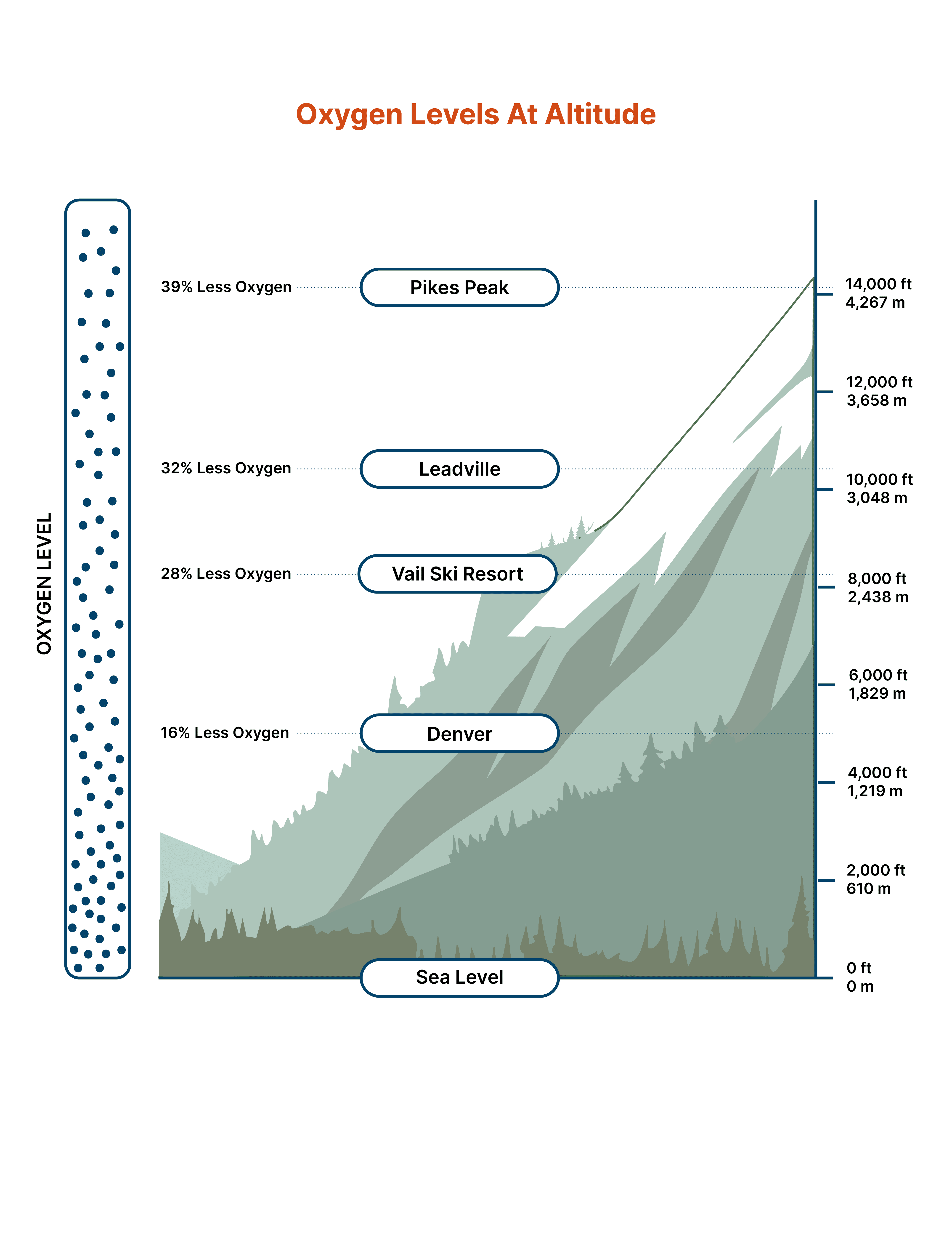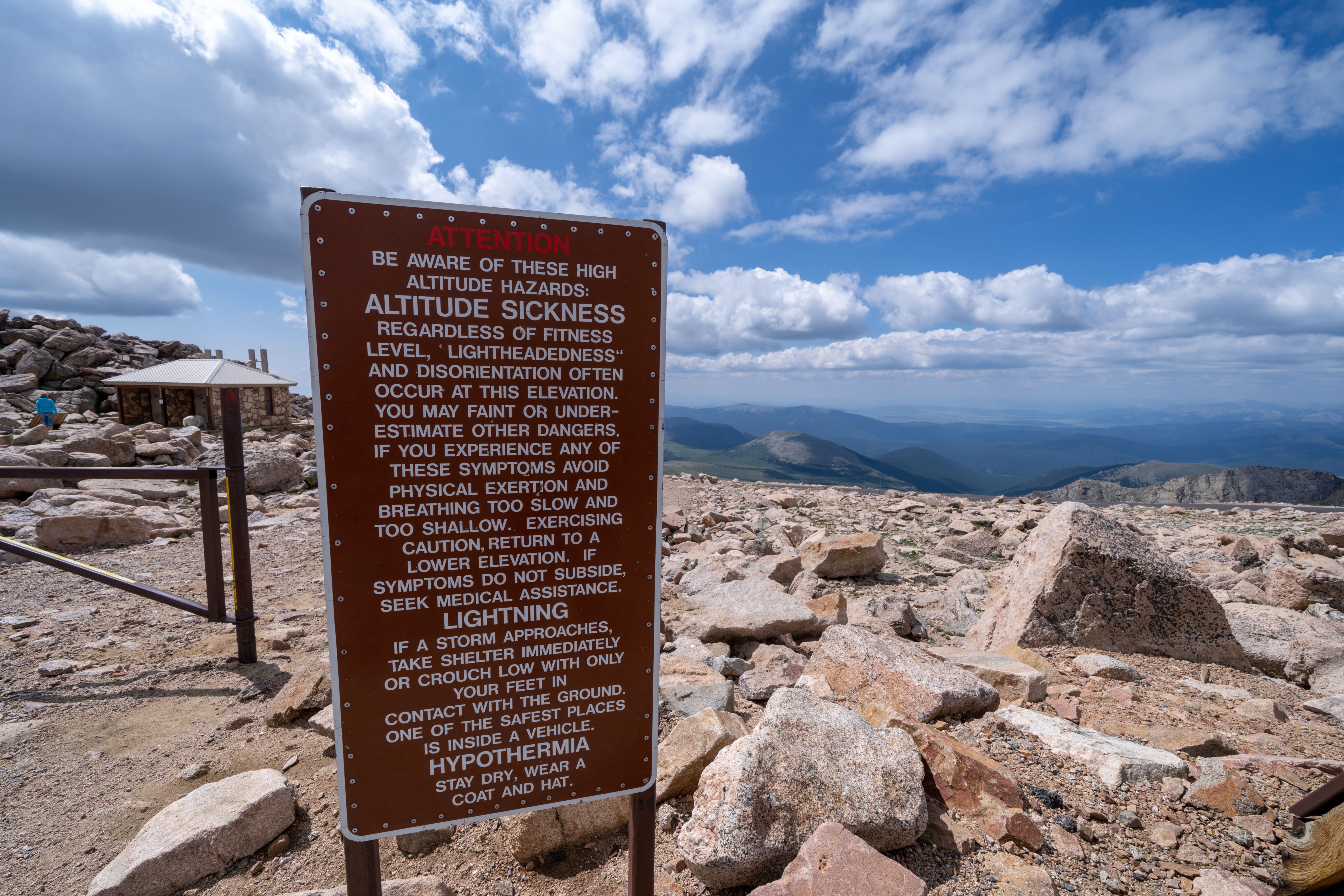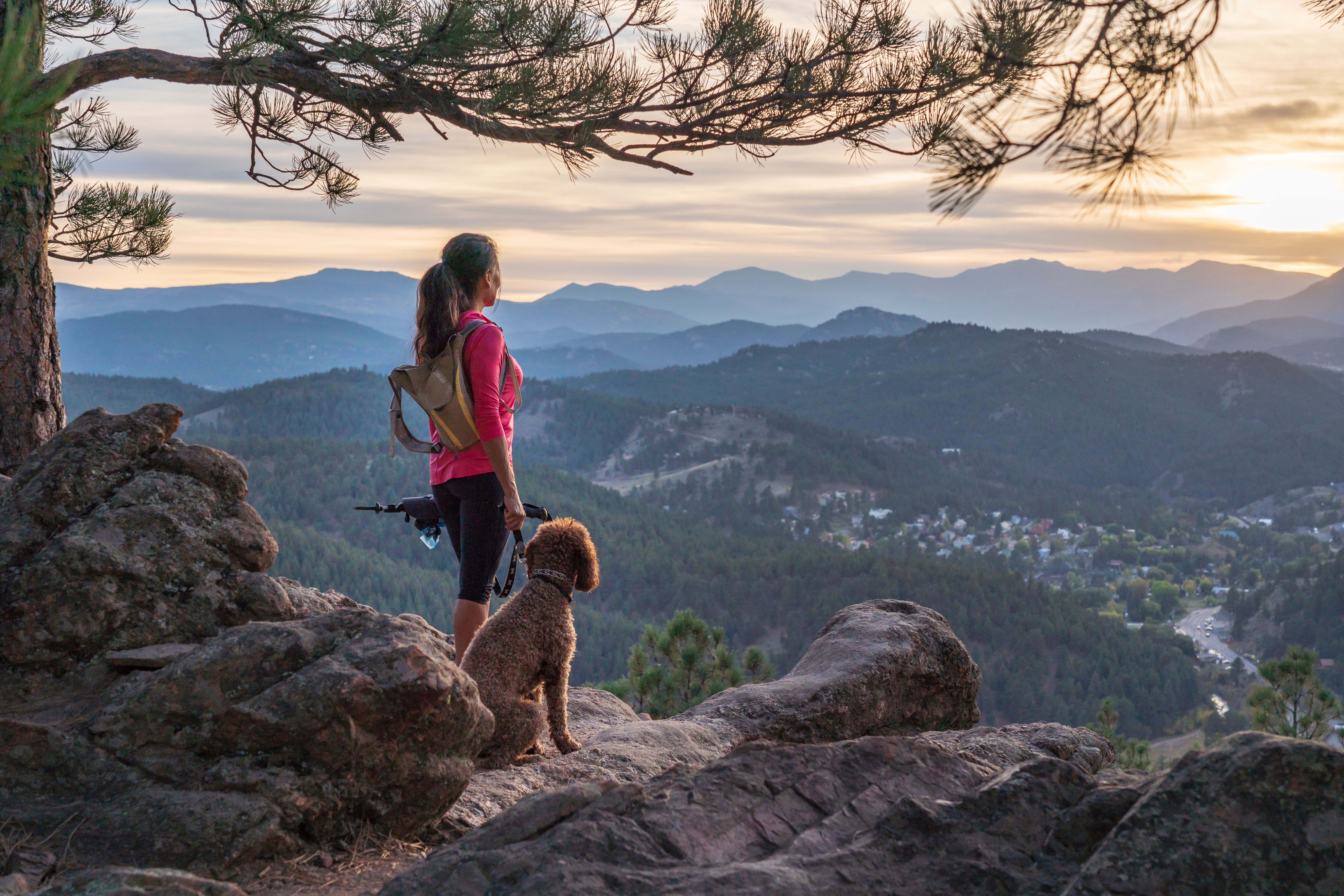Altitude Sickness: How To Prevent and Treat It
By WayFy Staff
November 17, 2025

Nothing takes the wind out of a trip to Colorado like suddenly feeling lightheaded and nauseous. Altitude sickness is a common—but preventable—side effect of traveling to high elevations.
What is Altitude Sickness?
Also called acute mountain sickness (AMS), altitude sickness affects many people who travel to higher elevations. It can impact anyone, regardless of age or physical health.
The air at elevation, often considered 8,000 ft. or above, is much thinner than that found near sea level. That means there’s less oxygen in each breath you take. The higher you go, the lower the air pressure—and the more dispersed the oxygen molecules become.
If you're coming from sea level, symptoms might kick in as soon as you arrive in Denver. If you're already used to moderate elevations (around 4,000–6,000 feet), symptoms might not appear until you reach 10,000 feet or more. Hiking mountain peaks or skiing at high-altitude resorts are common triggers for altitude sickness.
Your body needs time to adjust to this drop in available oxygen. Without proper acclimatization or hydration, uncomfortable symptoms can quickly creep in.

Symptoms of Altitude Sickness
For many people, the first signs of altitude sickness occur within 48 hours of your arrival. These signs include:
- Headache
- Nausea
- Vomiting
- More rapid heart rate
- Difficulty sleeping
- Fatigue
- Loss of appetite
Prevention and Treatment of Altitude Sickness

A headache is usually the first indicator that your body is having difficulty adjusting. Fatigue is also a common first sign. The trick to preventing it getting worse is by being proactive.
Take Time to Acclimate
If you notice that you’re starting to get a headache, the first immediate step is to slow down. Take some time to acclimate to the new elevation. If altitude sickness is persisting, you can go back down in elevation to help alleviate it. If you’re driving and climbing in elevation, either stop, or turn around and spend an hour or two at lower elevation so your body can adjust to the thinner air.
If your schedule doesn’t allow for slow ascension to elevation, then the next step would be to take it easy. Don’t jump head first into hiking, skiing or climbing. Take a day to relax and focus on allowing your body to adjust to this higher elevation.
Stay Hydrated
You’ll hear it everywhere in Colorado: "Drink your water!" Dehydration happens faster at elevation due to dry air, and it can mimic or worsen altitude sickness. Drinking water only once your elevation is too late. Aim to drink a lot of water and ideally drink 40 oz of water before you even arrive. Have a water bottle with you on drive and on any outdoor excursion and the ability to refill it.
Avoid Caffeine and Alcohol
Stick to water and electrolyte-rich drinks during your first few days. Both alcohol and caffeine are diuretics, which can dehydrate you and increase your risk of headaches and fatigue. If you do indulge in caffeine, be sure to double your water intake alongside it. Avoid alcohol on the first day or two at elevation.
Focus on Nutrition
Fuel your body with complex carbs and nutrient-rich foods. Foods like granola, whole grains, bananas, and avocados help replenish lost nutrients and require less oxygen to digest than fats.
Medication
Although over-the-counter medications, like Ibuprofin, acetaminophen and aspirin may help with the headache, there’s also a chance they won’t be too affective. However, it never hurts to have some handy, just in case.
When to Seek Medical Attention

If your symptoms persist or worsen, medical attention may be necessary. In rare cases, altitude sickness can escalate into serious conditions like:
HACE - High-Altitude Cerebral Edema
This presents as a moderate to severe form of altitude sickness. Brain swelling has begun and can be fatal if not properly treated. Some signs you should look for, if you think brain swelling is occurring are:
- Someone cannot walk in a straight line, heel-to-toe
- Someone cannot stand on one foot without falling over immediately
- They are confused
HAPE - High-Altitude Pulmonary Edema
HAPE occurs when the lungs start filling with liquid. Signs to look out for are:
- Shortness of breath that is getting worse
- Unusual and rapid fatigue
- A wet cough develops
In both cases of HACE or HAPE, rapidly bringing that person to lower elevation is critical. Medical attention will also be needed as soon as possible to avoid worsening symptoms, or even death.
Take Your Time and Prepare

Your Colorado trip shouldn’t be ruined by something as preventable as altitude sickness. Stay ahead of it by preparing and listening to your body.
Quick Tips:
- Take time to acclimate
- Stay well-hydrated
- Avoid alcohol and caffeine
- Eat nutrient-dense foods
- Carry medication
If symptoms begin, stop, descend, and slow down.